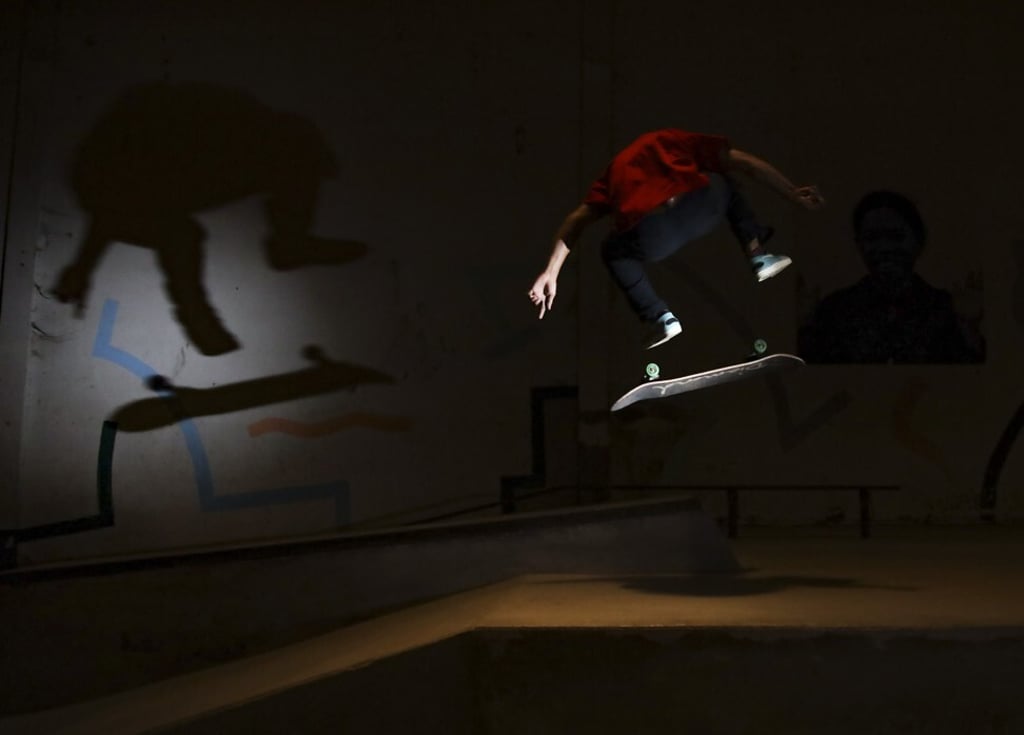Skateboarding in Cambodia: how Tony Hawk, an Australian photographer and an NGO from Afghanistan sparked a thriving scene
- Social programmes combining skateboarding with education are one of the reasons why the scene in Cambodia has grown so much over the last 10 years
- Last year a federation was formed to create a professional skateboarding team, while young skaters are dreaming of success at the 2023 SEA Games on home turf

The clatter of skateboards echoes around an indoor park in Phnom Penh, the Cambodian capital. A round of applause erupts as a skater masters a kickflip after several failed attempts. Elsewhere, bodies gleaming with sweat tackle the ramps and rails that fill the centre.
Some of the skaters are nurturing dreams of representing their country in this burgeoning sport one day. For others, it is an escape from the streets and a break from the shackles of poverty.

“I found some videos on YouTube of people skating on a board with wheels and thought ‘that’s interesting’,” says Khim, remembering when he first stumbled across the sport in 2008 at the age of 14. Intrigued, he dug a little deeper and asked a friend who was returning from the US to bring him back a board.
“Nobody else was skating back then,” he adds. “I had to look at online videos and teach myself to ollie and do other tricks for the first two or three years. It was actually getting a bit boring skating alone.”